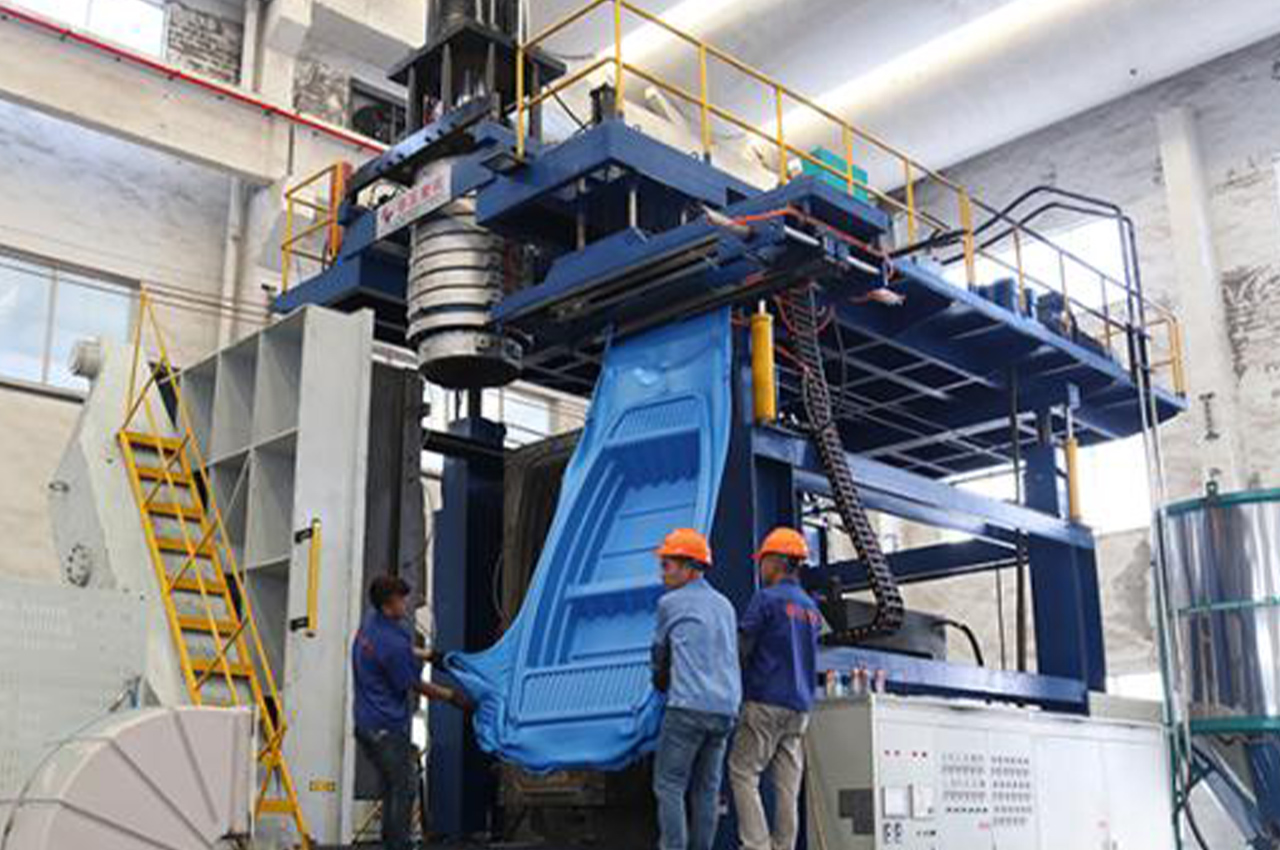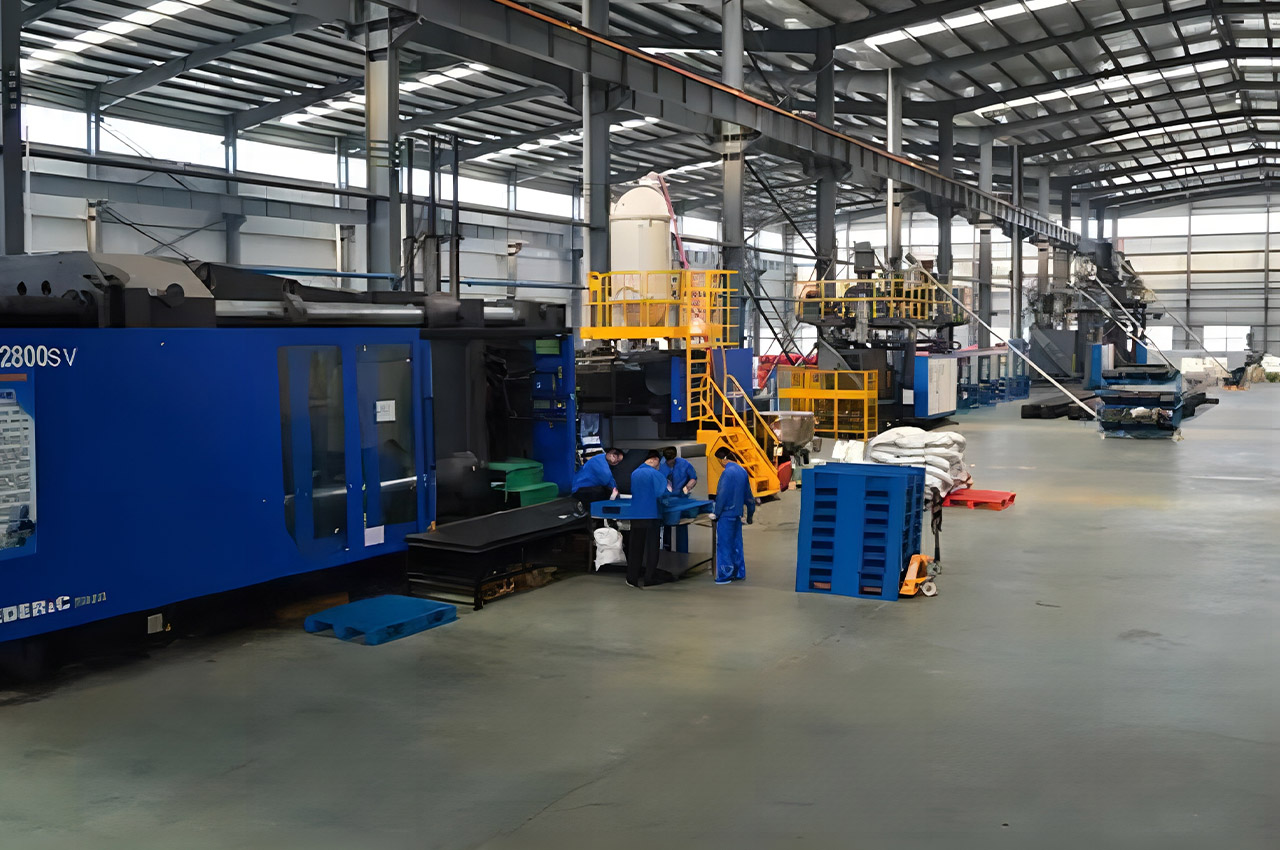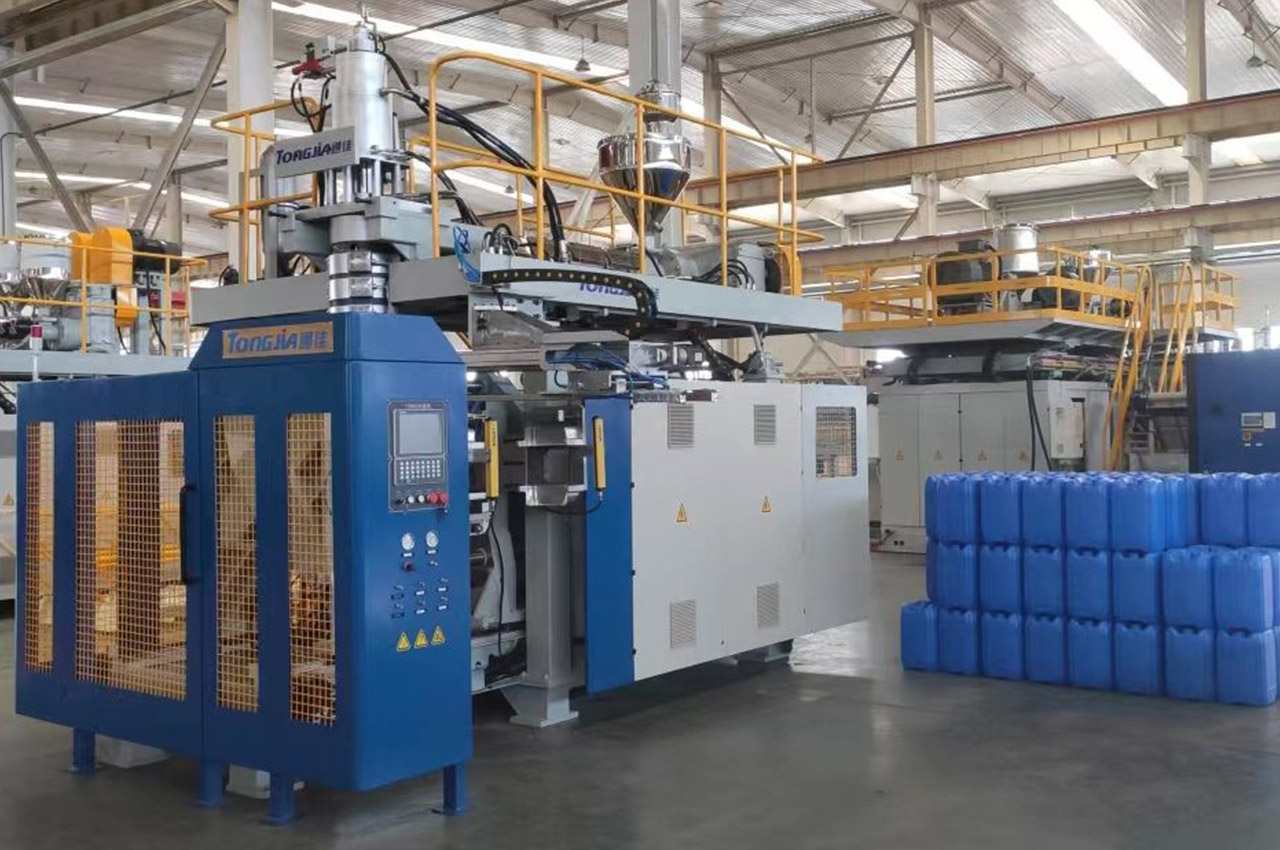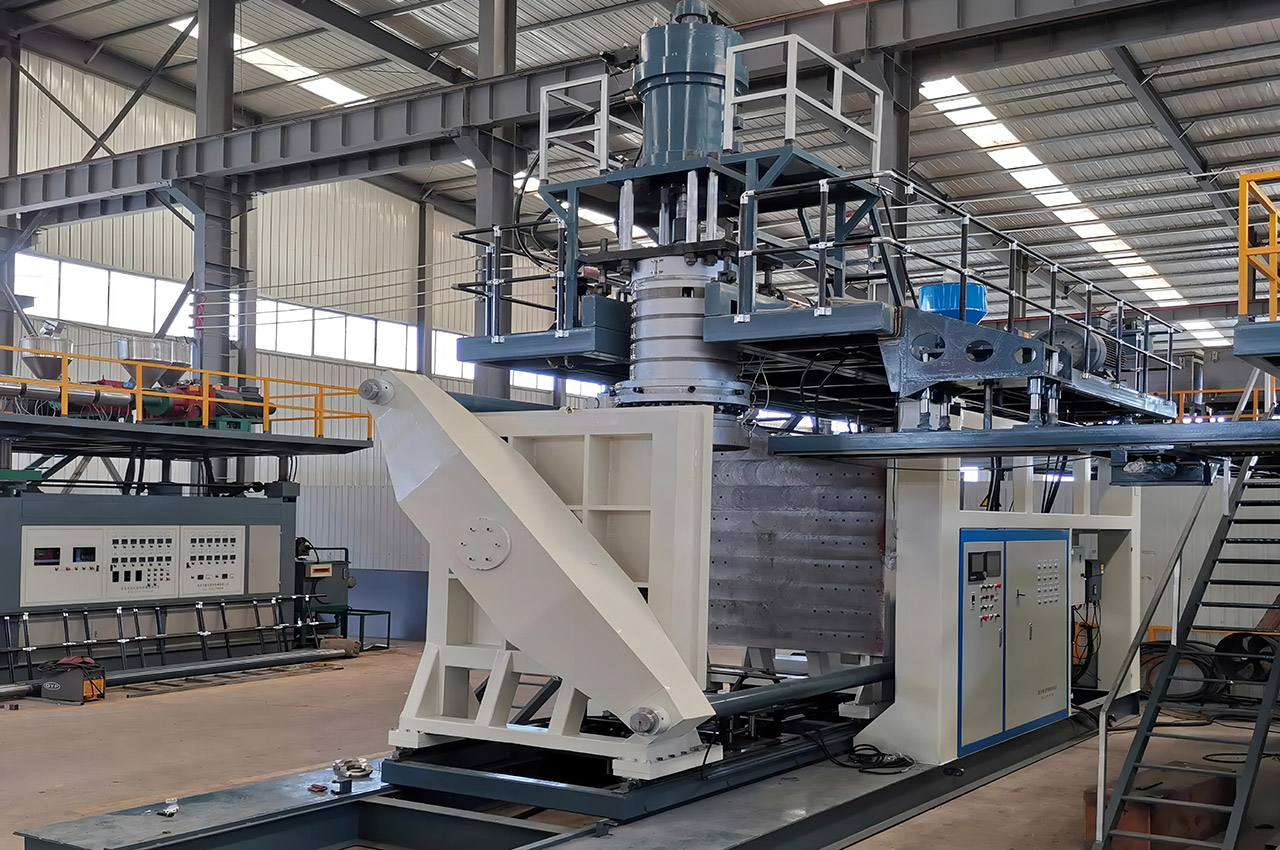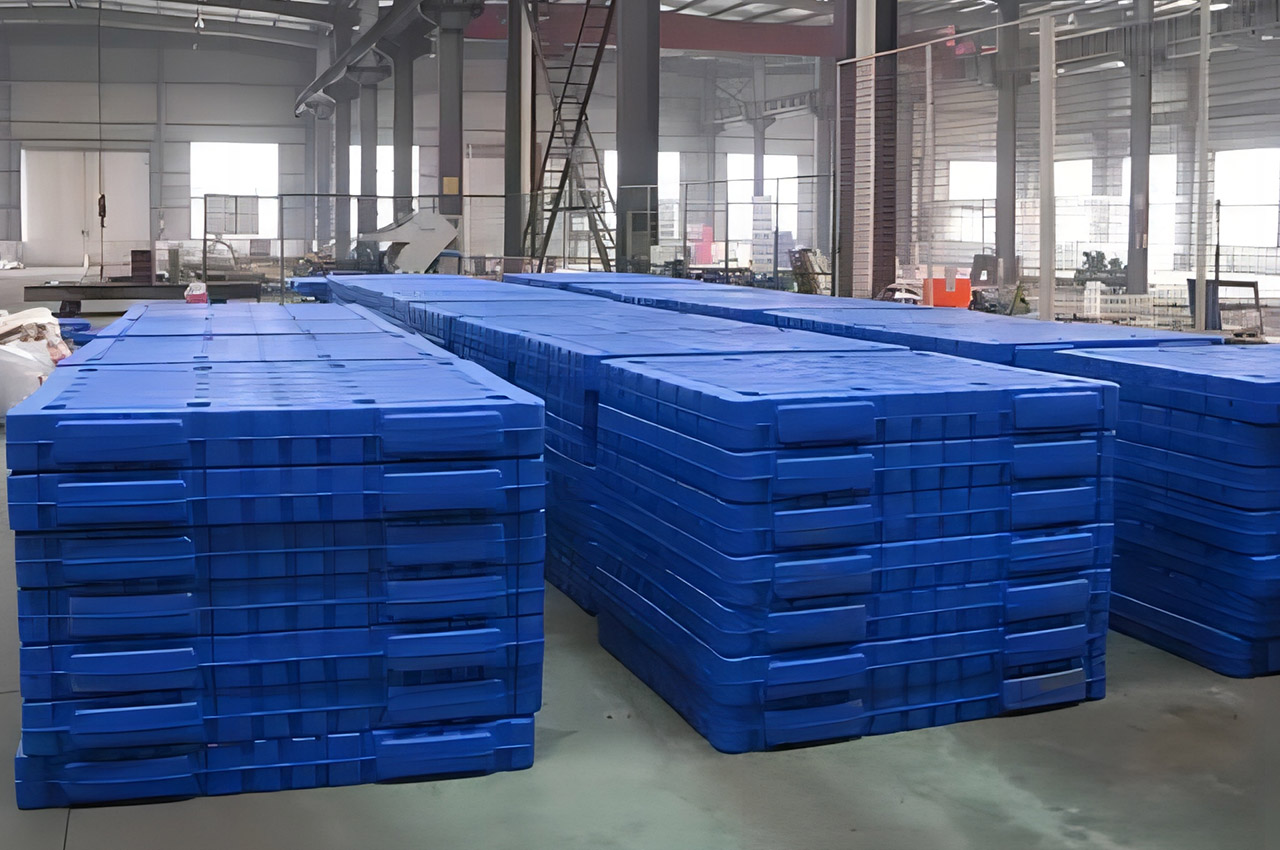Blow molding is a plastic processing method, by placing the thermoplastic billet in the mold, and then blowing air into the billet, so that it is close to the mold cavity wall, after cooling and stripping, such as bottles, cans, barrels, etc., widely used in packaging, chemical, daily use and many other fields.
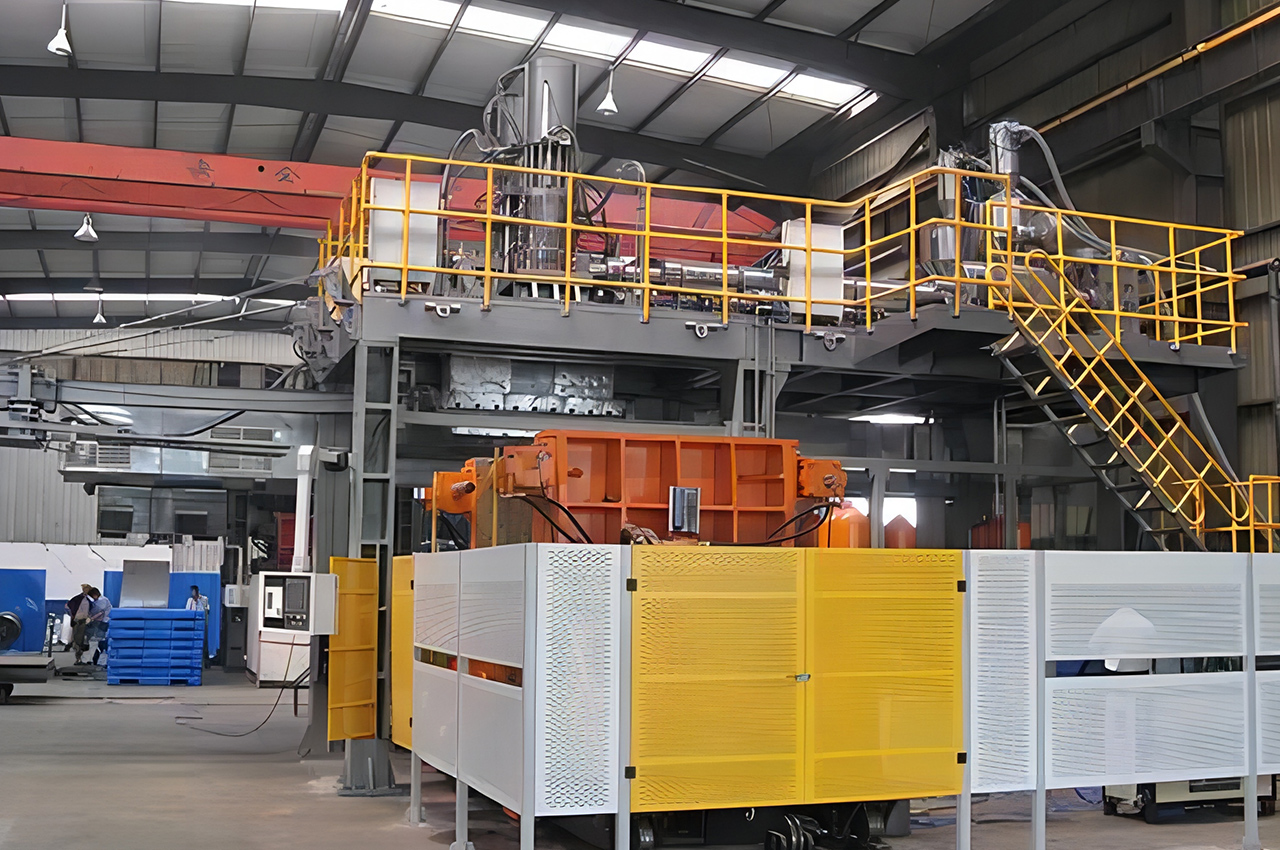
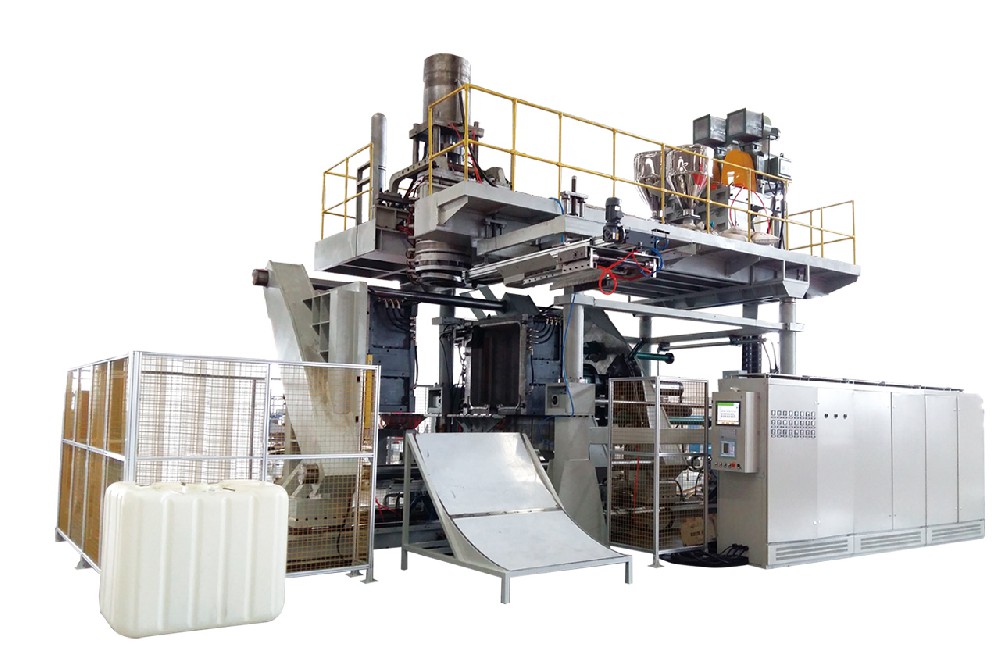
┊ Blank preparation: Plastic raw materials are made into tubular blanks by extrusion or injection.
┊ Billet transfer: Transfer billets from the extrusion or injection equipment to a blow molding mold.
┊ Mold: The mold closes, forming a closed cavity.
┊ Blow: Compressed air is fed into the blank so that it is pressed against the inner wall of the mold cavity, thereby forming a hollow product.
┊ Cooling and shaping: The product is cooled and solidified to maintain its shape by a cooling system in the mold or an external cooling device.
┊ Mold extraction products: The mold is opened and the molded hollow plastic product is extracted.
┊ Post-treatment (if needed) : This may include clipping a flash edge, surface treatment, etc.
┊ Can manufacture hollow products: Particularly suitable for the production of containers, bottles, cans and other products with hollow structures
┊ Products have a wide range of sizes: hollow products from small to large can be produced.
┊ Materials are adaptable: Most thermoplastics can be used for blow molding.
┊ Relative cost is low: For some hollow products with simple shapes, the cost of tooling and equipment is relatively low.
┊ Wall thickness adjustable: The wall thickness distribution of the product can be adjusted to a certain extent by controlling the blow pressure and time.
┊ Can be multilayer co-extruded: Multi-layer composites of different materials can be achieved to meet the special performance requirements of products, such as barrier properties, corrosion resistance, etc.
┊ Higher production efficiency: On continuous production lines, rapid prototyping and efficient production can be achieved.
